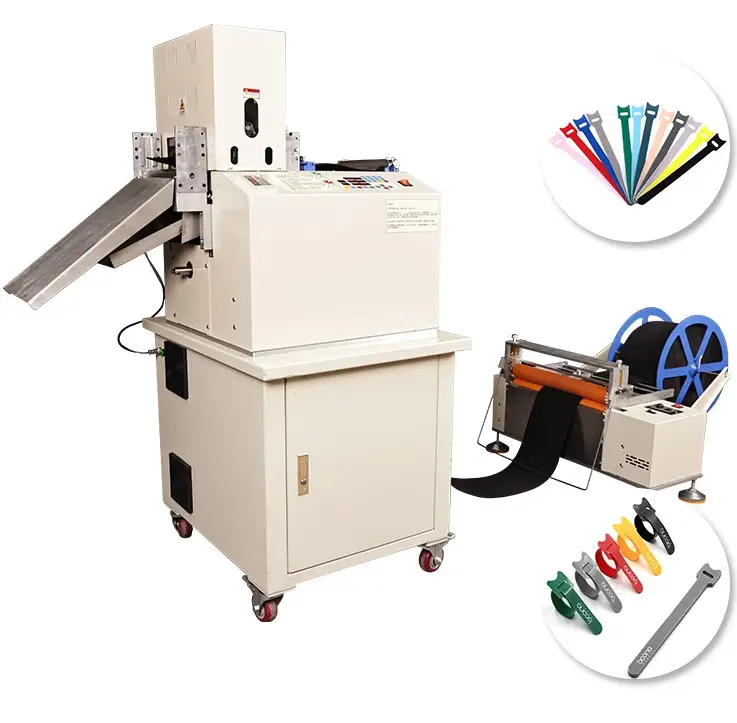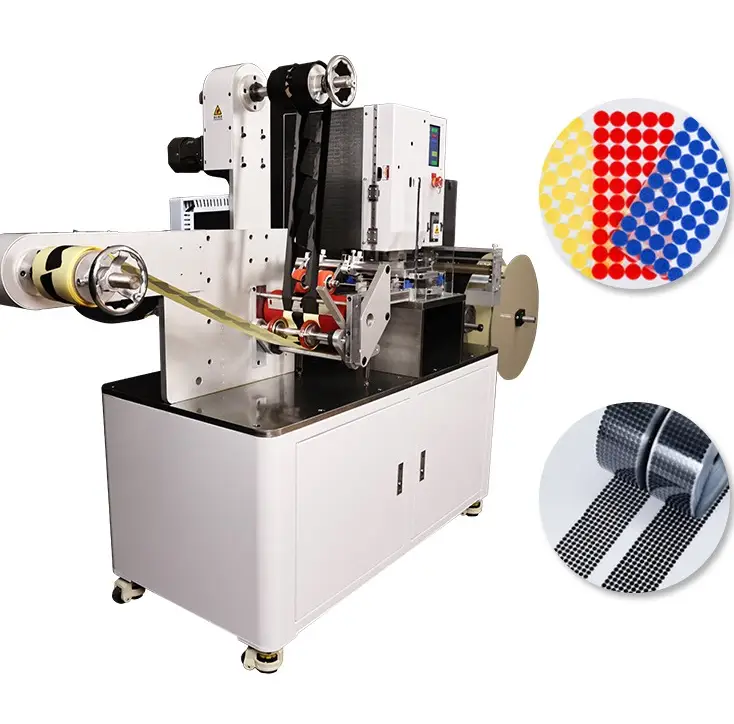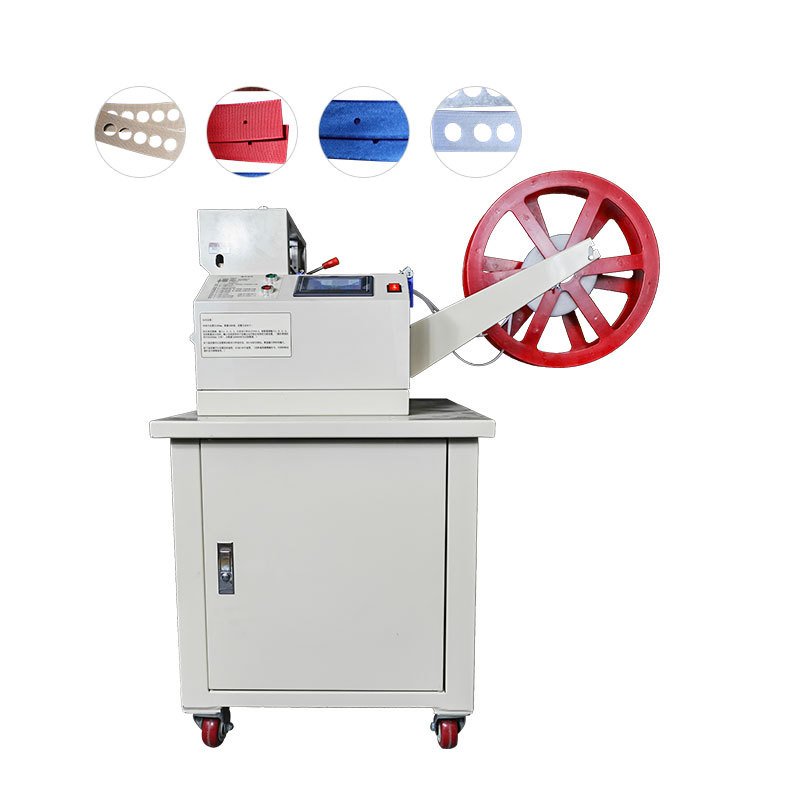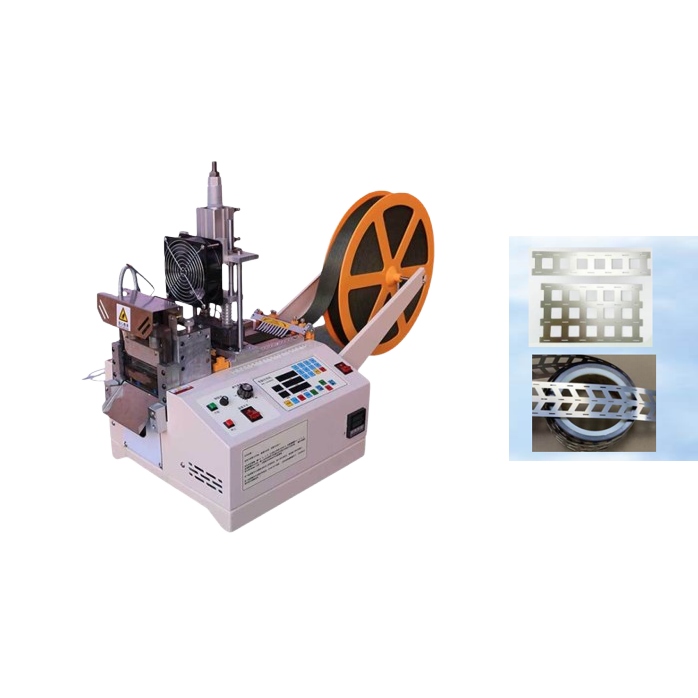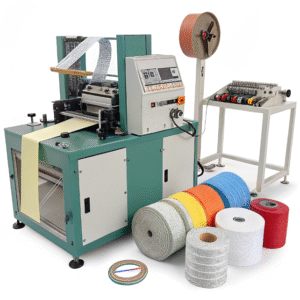How do industrial PVC cutting machines ensure clean edges in thick extrusions?
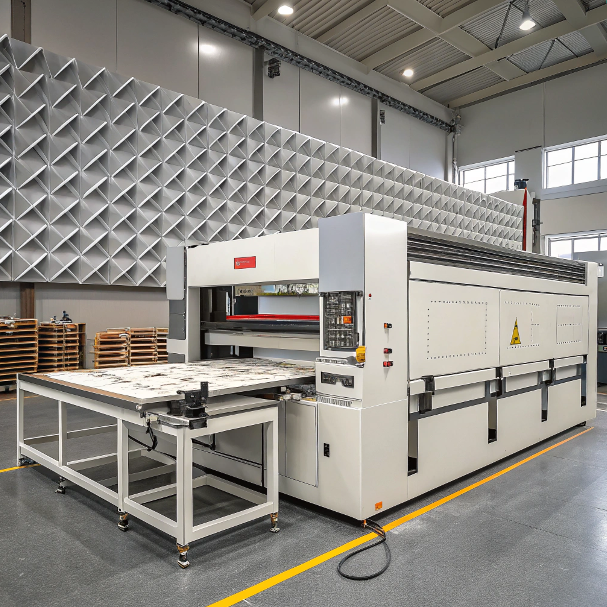
I’ve seen thick PVC extrusions come out jagged and warped—especially when cutters weren’t designed for the job.
Industrial PVC cutting machines use high-torque blades1, controlled feed rates, and cooling systems to achieve smooth, clean edges—even on thick, rigid profiles.
Industrial PVC cutting machines ensure clean, precise edges in thick extrusions by utilizing saw-type or displacement cutters tailored for rigid PVC. These machines are engineered to minimize chipping and cracking, delivering smooth, accurate cuts through advanced control systems and specialized cutting technologies. Ideal for high-volume production, they maintain consistency and quality when handling the unique properties of PVC materials.
Let’s break down what makes these machines cut thick PVC cleanly and consistently.
What role does dust extraction2 play in PVC cutting machine safety and quality?

PVC cutting generates fine, static-prone particles. Without removal, they clog filters and create serious health risks.
Dust extraction protects operators, keeps machines clean, and preserves cut quality by removing debris before it settles or melts.
Here’s why a vacuum system is more than a convenience—it’s a necessity.
How do industrial PVC cutting machines ensure clean edges in thick extrusions?
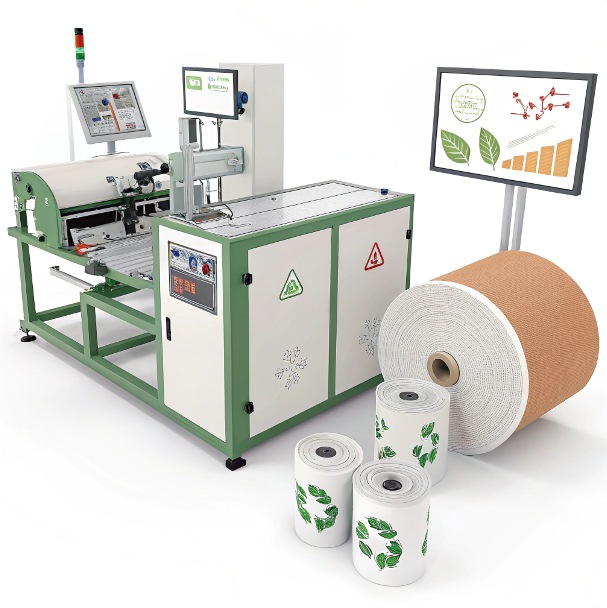
Thick PVC needs more than just sharp blades. The entire cutting system must manage force, friction, and feed rate.
Clean cuts depend on synchronized feeding, rigid fixturing, sharp blades, and blade RPM matched to the material thickness.
Dive deeper: cutting mechanics and machine design
1. High-torque motors
Cutting thick PVC requires torque to push the blade cleanly through. Underpowered motors cause vibration and melting.
2. Carbide or coated blades
These stay sharp longer and cut with less friction. Tooth design should match the PVC profile to avoid chip buildup.
3. Controlled blade speed
Too fast and PVC melts; too slow and it chips. Precision RPM control allows smooth cuts.
4. Precision feeding systems
Servo-controlled feed ensures the extrusion moves at a constant speed, avoiding blade bind or chatter.
5. Clamping and fixturing
Thick profiles need rigid positioning. Pneumatic or servo clamps prevent movement during cut.
6. Cooling systems
Air or water mist cooling keeps blade and PVC temperature low. This prevents warping and smearing at the cut edge.
7. Vibration damping frame
A heavy-duty frame reduces resonance during cuts, giving straighter edges and longer blade life.
Real-World Application
At Suzhou Haoxinhe, our rotary bevel cutting machine handles PVC up to 80 mm thick. One client switched from saw-based cutting to our servo-blade system and reduced rework by 60%.
What role does dust extraction2 play in PVC cutting machine safety and quality?

PVC dust may look harmless, but it builds up fast—and melts into machinery if not removed. I’ve seen sensors fail due to dust blockages.
Efficient dust collection prevents respiratory hazards, improves cut visibility, and protects machine internals from buildup.
Dive deeper: why dust control matters
1. Operator safety
PVC dust can cause respiratory irritation, especially when airborne. High-efficiency extraction prevents it from accumulating in the air.
2. Product quality
Dust on the extrusion or blade can melt during cutting. This leads to burns, rough edges, and rejected parts.
3. Machine performance
Dust buildup affects linear rails, sensors, cooling fans, and motors. It increases maintenance needs and shortens equipment life.
4. Fire risk
Dry PVC dust is flammable. A spark from blade contact can ignite accumulated debris if extraction is poor.
5. Compliance and regulations
Many factories must meet OSHA or EU health standards for airborne particulates. Built-in extraction helps meet these benchmarks.
Ideal Extraction Features
| Feature | Benefit |
|---|---|
| Multi-stage filters | Captures fine and coarse dust |
| HEPA filter option | Removes 99.97% of fine PVC particles |
| Sensor-based activation | Starts only when blade operates |
| Easy-access dust bins | Fast disposal and cleaning |
| Antistatic ductwork | Reduces PVC particle cling and sparks |
Case from Production
A customer using our Suzhou Haoxinhe webbing ribbon cutting machine in a lab added a two-stage dust extraction unit. Their defect rate on cut accuracy dropped from 8% to under 2%, and cleaning time was cut in half.
Conclusion
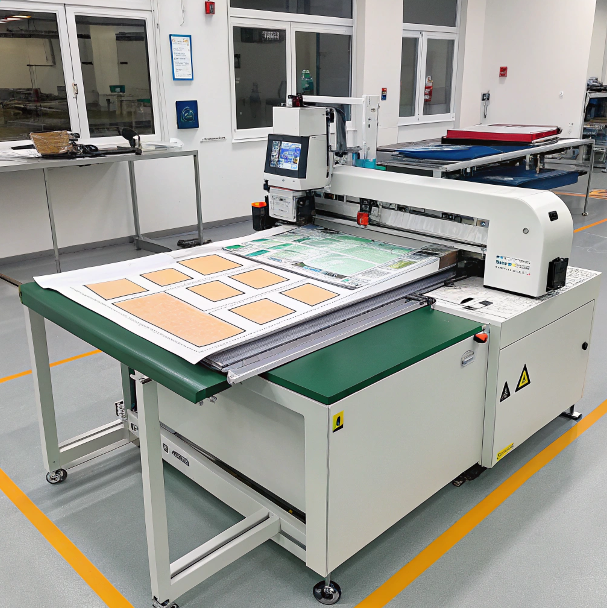
To achieve smooth edges in thick PVC, machines must combine high-torque cutting with dust-free, temperature-controlled operation.
Insight: How do industrial PVC cutting machines ensure clean edges in thick extrusions?
In thick PVC extrusion cutting, blade sharpness alone doesn’t determine edge quality—heat and stability are the real culprits. I’ve seen operators chase burr-free finishes by upgrading blades, only to overlook feed speed and fixture rigidity. What actually makes the difference is a combination of torque-balanced drives, dampened frames, and active cooling.
PVC is thermoplastic—cut it too fast and it melts; too slow, it chips. High-end machines mitigate this by pairing servo-controlled feeds with torque-optimized RPM, syncing the extrusion’s advance with blade velocity in milliseconds. This avoids material deformation and blade bounce.
A detail many overlook? Vibration damping. Thick extrusions amplify resonance. Without a cast-iron frame or isolation mounts, even the best blade can yield jagged finishes. Cooling—especially air mist—also protects the edge from smear and helps the blade stay sharp longer.
Lastly, the biggest mistake I’ve seen? Skipping fixturing. Thick PVC moves under stress. Pneumatic clamping must cradle it from multiple axes, or blade deflection and kickback follow. Machines that treat cutting as a controlled thermal-mechanical event—not just a “push and slice”—are what set premium cuts apart.
Suzhou Haoxinhe Electrical Equipment Co., Ltd. designs PVC cutting systems with integrated dust removal, servo-controlled feeds3, and high-efficiency cooling. This ensures clean, safe, and precise cutting for industrial-grade PVC profiles—perfect for buyers demanding performance and safety.
Explore how high-torque blades enhance cutting efficiency and precision in industrial applications. ↩
Learn about the critical role of dust extraction in maintaining safety and product quality in PVC cutting processes. ↩ ↩
Discover how servo-controlled feeds optimize cutting performance and precision in industrial machinery. ↩

